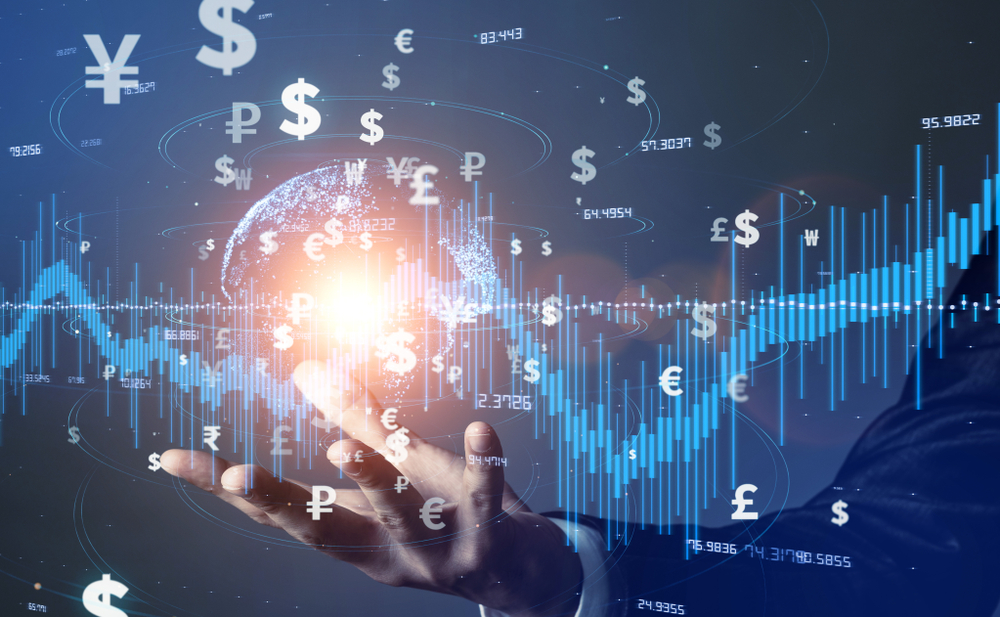Among the first economists to refer to them as microeconomics and macroeconomics was Ragnar Fischer in 1933 who coined and first used the terms. It focuses on the economic behavior and actions of individual units as well as small groups of individuals. In microeconomics, we are primarily concerned with the economic study of an individual household, an individual consumer, an individual producer, an individual firm, an individual industry, a particular product, etc Whereas, when we analyze the problems of the economy as a whole, it is a macroeconomic study. In macroeconomics, we do not study an individual producer or consumer, but we study all the producers or consumers in a particular economy.
Micro-economics or price theory:
The term "microeconomics" is derived from the
Greek prefix "micro", which means small or a millionth part. Price
theory is another name for microeconomic theory. It is an analysis of the
behavior of any small decision-making unit, such as a company, an industry, a
consumer, etc. For micro-economics, unlike macro-economic theory, statistics of
total economic activity are worthless. to provide clues on political decisions.
It does not give an idea of how the economy as a whole work. An individual
industry may be thriving, while the economy as a whole may be suffering.
As far as employment is concerned, microeconomics only
studies employment in a firm or industry and does not concern overall
employment in the whole economy. In the circular flow of economic activity in
the community, microeconomics studies the flow of economic resources or factors
of production from resource owners to business enterprises and the flow of
goods and services from business enterprises to households. It studies the
composition of these flows and how the prices of goods and services in the flow
are determined.
A remarkable feature of the micro approach is that when
performing economic analysis on a micro basis, an assumption of "full
employment" across the entire economy is usually made. In this hypothesis,
the economic problem is mainly that of the allocation of resources or the
theory of prices.
The study of microeconomics is crucial to understanding
economic theory, hence it is vital to emphasize this.
How a Free Enterprise Economy Works: Explains how a free
enterprise economy works. It tells us how millions of consumers and producers
in an economy make decisions about the allocation of productive resources among
millions of goods and services.
Distribution of Goods and Services: It also explains how,
through the market mechanism, the goods and services produced in the economy
are distributed.
Pricing: It also explains the determination of the relative
prices of different productive products and services.
Efficiency in consumption and production: It explains the
conditions of efficiency both in consumption and in production and the
deviation from the optimum.
Formulation of economic policies: It helps in the
formulation of economic policies calculated to promote the efficiency of
production and the welfare of the masses.
Microeconomics thus has a constructive and normative
function. It tells us not only how the economy works, but also how it should be
managed to promote general well-being. It also applies to various branches of
the economy such as public finance, international trade, etc.
Limits of microeconomics: Microeconomic analysis suffers from certain limitations:
It does not give an idea of how the economy as a whole work. It does not analyze the economy's overall employment level, aggregate
demand, inflation, gross domestic product, etc.
It makes the improbable assumption that there is "full
employment" across the board.
Macroeconomics or Income and Employment Theory:
The word "macro-economics" comes from the Greek
prefix "macro," which indicates a significant amount. Macroeconomics
is an analysis of the aggregates and averages of the whole (large) economy,
such as national income, gross domestic product, total employment, total
production, total consumption, total demand, l global offer, etc. theory that
looks at statistics of a nation's total economic activity and argues that
policy change aimed at altering these total statistical aggregates is the way
to determine economic policy and promote economic progress. The individual is
completely ignored. Sometimes national savings increase at the expense of
individual well-being.
It analyzes the main determinants of economic development
and the different stages and processes of economic growth. Various
macroeconomic models of economic growth have been proposed, the most famous of
which is the Harrod-Domar model. Both wealthy and developing economies may use
it.
Importance of Macroeconomics:
It is useful for understanding the functioning of a complex
economic system. He also studies the workings of the global economy. With the
growth of globalization and the WTO regime, the study of macroeconomics has
become more important.
It is very important in the formulation of useful economic
policies for the nation to eliminate the problems of unemployment, inflation,
rising prices and poverty.
Through macro-economics, national income can be estimated
and regulated. Per capita income and people's standard of living are also
estimated through a macro-economic study. It explains fluctuations in national
income, per capita income, output and employment.
Limits of Macroeconomics:
The individual is completely ignored. For example, in
macro-economics, national savings are increased by raising taxes on
consumption, which directly affects consumer welfare.
Macroeconomic analysis neglects individual differences. For
example, the general price level may be stable, but food grain prices may have
ruined the poor. A sharp rise in manufactured goods may mask a calamitous fall
in agricultural prices, when average prices were stable. Farmers can be ruined.
Speaking of aggregates, it is also essential to remember the nature,
composition and structure of the components.






0 Comments